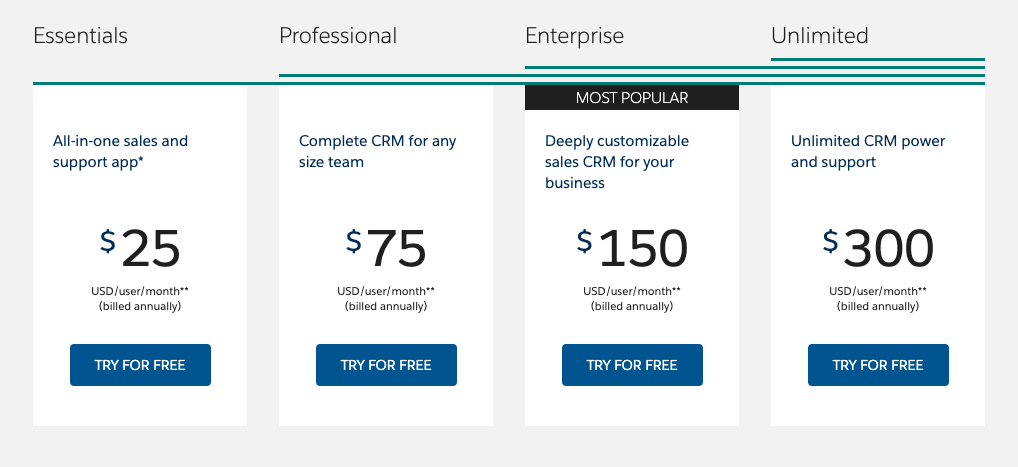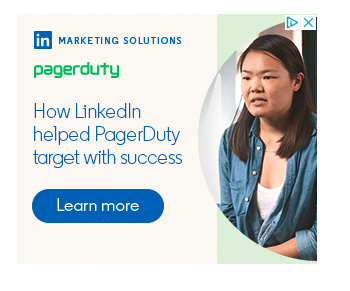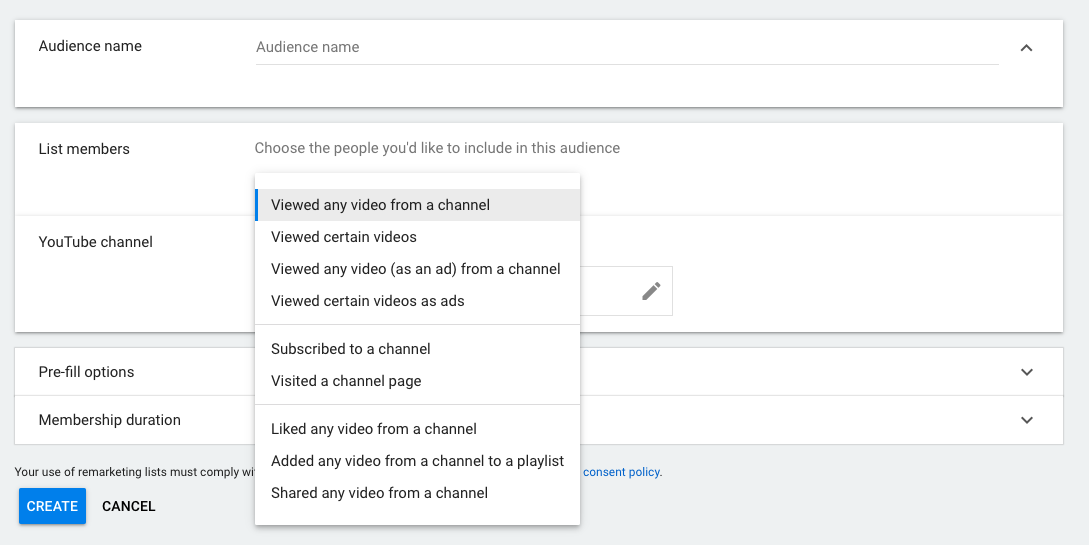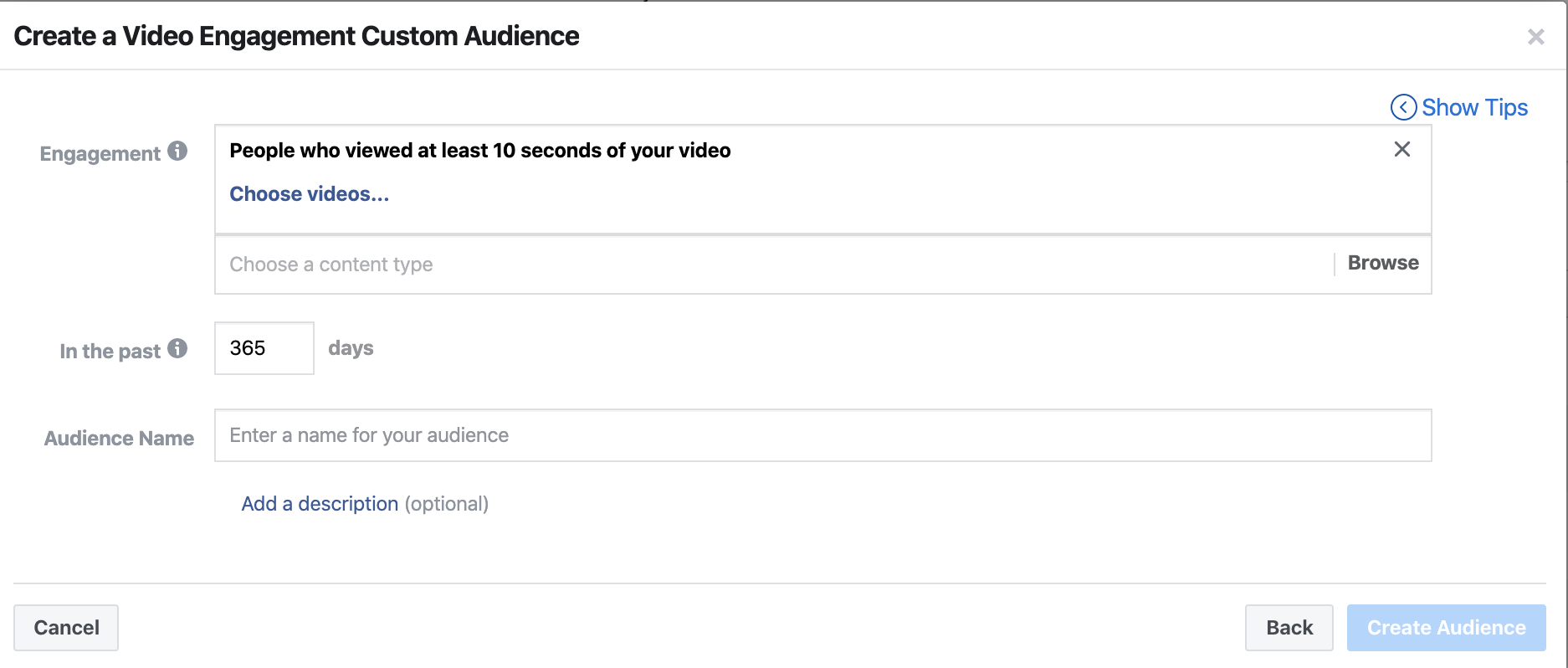Remarketing is so much more than adding a pixel to your site, creating an “All Users” audience, and letting your campaign coast.
If you aren’t seeing success from remarketing, it may be that you need to think through how you’re breaking out audiences.
Segmentation is crucial to pinpoint user interest based on the pages they’re viewing.
By thinking through various “buckets” of remarketing audiences, you can tailor messaging based on the stage of the buying process and specific products people are interested in.
Here are eight types of remarketing you should be considering for your campaigns.
1. Pricing Page Visitors
If someone visits a pricing page, they’re serious enough about their research to want to know how much your products or services cost.
Bucketing out pricing page visitors into their own category can produce a higher intent audience than you’d get targeting all visitors as a whole.

These individuals may be more willing to respond to a call-to-action for a product demo or a call with a salesperson.
You could also put together an asset with tips for evaluating products in your industry, which may appeal to people doing product comparison.
For example, I work with a client who sells board management software, and they offer a worksheet for evaluating board software.
3. Industry-Specific Page Visitors
When you’re attempting to market to people in niche industries, segmenting out audiences by industry can be complicated.
If you have pages on your site dedicated to each industry, you can build separate remarketing audiences for each of those pages.
Effectively, you’ll now create buckets of people who have raised their hands saying they’re interested in services for a particular industry.
You can then target unique ads tailored by industry to speak more specifically to these people based on their needs.
For instance, you might have a guide explaining how real estate developers can use your software to track prospects, and target that to people who visit a real estate industry page.
You may also have different product lines or pricing for various industries.
For instance, many companies offer discounted services for nonprofits and want to target those groups separately.
3. Cross-Channel Remarketing
Take full advantage of cross-channel opportunities by building remarketing segments for people who visited your site from specific channels and campaigns.
This is a great way to carry over audience targeting options from one platform into another.
In addition, you can take advantage of lower costs in some platforms vs. others for remarketing.
For instance, if you’re running LinkedIn Ads, you may want to target people who clicked an ad from a campaign targeted to C-Suite individuals.
Via a URL-based audience, you can effectively target the people who fit the LinkedIn profile targeting criteria using any other channel.
As long as your links are tagged with a consistent UTM structure, you can copy the landing page and associated tags into the “URL Contains” field when setting up a remarketing audience.
This solution allows you to pay for LinkedIn visitors up front using their built-in targeting, but avoid the excessive costs of LinkedIn for remarketing within their platform.
4. Cart Abandoners
Shopping cart abandoners went through the work of finding a product they wanted and adding to their cart without finalizing the checkout process.
Remarketing to people with these ads can encourage them to return to the site and complete their purchase.

Including an offer may also entice people to come back and finish buying, although you need to be careful that people don’t come to expect they can manipulate the process just to receive a discount.
This can also be a time to reiterate selling points for your brand.
For instance, if you offer a 2-year warranty when most competitors only offer 1 year, call that out in ads.
5. Previous Purchasers
If someone bought from your site in the past, you can remarket them later to encourage them to make another purchase.
The products you promote and the timing for future remarketing certainly depends on the type of product purchased.
For instance, if somebody just bought a new backpack, they may be open to purchasing related gear like a hiking pole.
If someone orders a printer, they likely don’t want another printer right away, but may be in need of replacement ink cartridges 6 months later.
You should exercise caution not to annoy people to the point that they form a negative perception of your brand after already completing a purchase, so don’t try this too soon.
Also include frequency caps where channels allow.
6. Higher Funnel Converters
Particularly for the B2B world, converting a prospect to a sale often entails a lengthy process of multiple touchpoints.
Offering a downloadable asset like a guide, or inviting people to sign up for a webinar, can build an audience of people who are interested enough to raise their hand.

You can then build remarketing lists based on people who download a higher funnel asset, setting up a new campaign targeting those people with a lower funnel call-to-action, such as a product demo.
Think through the buying stages for your target personas and build out remarketing for people who interact at each part of the process.
7. Video Viewers
Video view remarketing can capture intent from people who haven’t even visited your website.
YouTube and Facebook are two popular channels allowing for the creation of view remarketing audiences.

Within YouTube, you can segment people based on the following criteria:
- Viewed any video from a channel.
- Viewed certain videos.
- Viewed any video (as an ad) from a channel.
- Viewed certain videos (as ads).
- Channel interactions: visits, subscriptions, likes, playlist adds, and shares.

Within Facebook, you can segment people based on the following criteria, for any video or set of videos you select:
- Viewed a video for at least 3, 10, or 15 seconds.
- Watched at least 25%, 50%, 75%, or 95% of your video.
Creating audiences of people who have committed to watching all or most of your video can segment out higher intent people who may be more likely to download an asset or want to attend a webinar.
People who watched shorter lengths of time may still be willing to view additional content in future remarketing campaigns.
8. Facebook/Instagram Page Engagers
Facebook/Instagram page engagement audiences allow for another way to capture user intent outside of your site.
If a user chooses to like or comment on a Facebook post, they’re indicating some level of interest in what you have to offer.

Currently, you can target people based on the following criteria:
- Everyone who engaged with your page.
- People who visited your page.
- People who clicked any call-to-action button.
- People who sent you a message.
- People who saved your page or a post.
You can also combine any of these criteria together to include/exclude people from a group to target.
Start Working on Your Remarketing Campaigns
If you read about some audiences here that you haven’t tested yet, start by creating the audiences in your ad accounts.
Think through your site’s architecture, as well as the buying journey for your prospects.
Watch the audience volume and see how much they build up, and plan out ads to test in front of these people once you have enough to target.
More Resources:
Image Credits
Screenshots taken by author, February 2020
